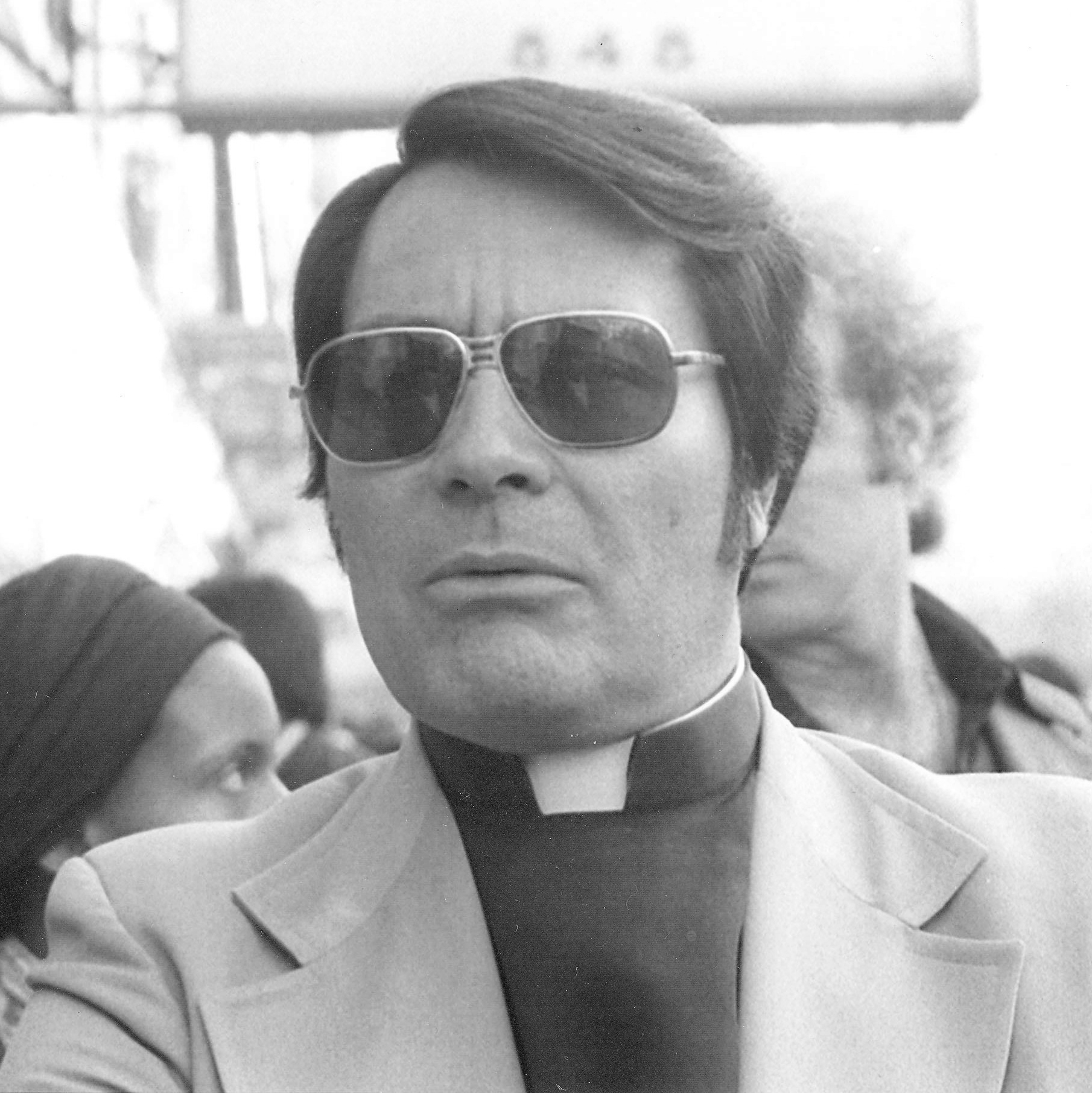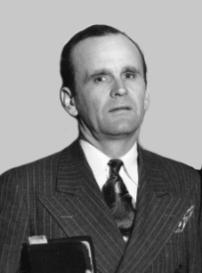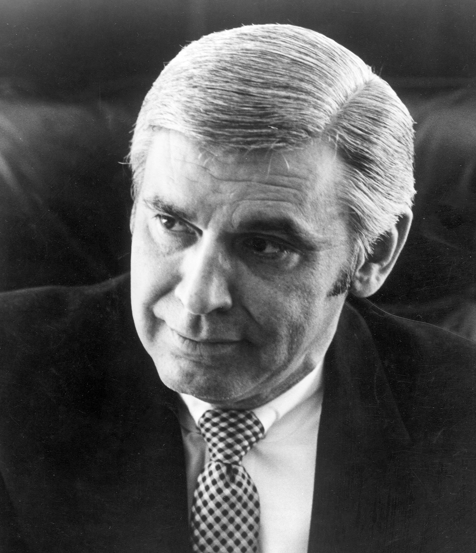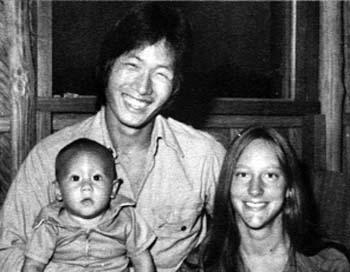
1931 - 1978
James Warren Jones
Summary
Name:
James Warren JonesYears Active:
1977 - 1978Birth:
May 13, 1931Status:
DeceasedClass:
Mass MurdererVictims:
918Method:
Poisoning / ShootingDeath:
November 18, 1978Nationality:
USA
1931 - 1978
James Warren Jones
Summary: Mass Murderer
Name:
James Warren JonesStatus:
DeceasedVictims:
918Method:
Poisoning / ShootingNationality:
USABirth:
May 13, 1931Death:
November 18, 1978Years Active:
1977 - 1978bio
James Warren “Jim” Jones was born on May 13, 1931, in Crete, Indiana. His childhood was marked by extreme poverty, parental neglect, and a growing obsession with religion and death. His father was a disabled World War I veteran, and his mother was distant and emotionally cold. The family struggled to survive during the Great Depression, at times foraging for food and relying on extended family to make ends meet. As a child, Jones became fascinated with religion, often attending multiple churches in his town and mimicking preachers. Even at a young age, neighbors noticed something was off—Jones was often seen holding mock funerals for animals, sometimes rumored to have been killed by him.
He developed an early obsession with power and control, idolizing figures like Adolf Hitler and Joseph Stalin as much as he revered Jesus or Gandhi. During high school, Jones carried a Bible everywhere, wore Sunday clothes all week, and remained socially isolated. He was known to preach to other teens and even interrupted social events to push religious messages. After high school, he married Marceline Baldwin and pursued a college education in Indiana. Though he initially considered becoming a doctor, he shifted toward ministry and began developing his unique theological and political worldview—a mix of Christianity, Marxism, and authoritarianism. In the 1950s, Jones was ordained by both the Independent Assemblies of God and later by the Disciples of Christ.

Jones founded the Peoples Temple in 1955 in Indianapolis. The church initially gained a following due to its focus on racial integration and social justice. Over time, Jones built his persona as a healer and prophet, especially after collaborating with faith healer William Branham. As his popularity and power grew, so did his control over followers. In the late 1960s, Jones moved the Temple to California to avoid media scrutiny and to expand his influence. There, he became involved in progressive politics, developing ties with major politicians while also pushing his church deeper into cult-like isolation. He preached a belief system he called “Apostolic Socialism,” gradually convincing his followers that he was a divine figure and the only savior from an apocalyptic future.
murder story
Jim Jones’s descent into mass murder began with the relocation of the Peoples Temple to Guyana in the mid-1970s. After increasingly negative press and mounting allegations of abuse, including sexual misconduct, forced labor, and financial fraud, Jones established a remote jungle commune known as Jonestown. Promoted as a utopian socialist paradise, Jonestown quickly turned into a prison-like environment where followers were overworked, malnourished, monitored, and indoctrinated daily through loudspeaker sermons and endless "White Night" drills simulating mass suicide.

By 1978, concerns from defectors and family members in the U.S. led Congressman Leo Ryan to visit Jonestown. While Ryan managed to convince several members to return with him, he and four others were assassinated at a nearby airstrip by Jones’s armed guards on November 18, 1978. That same evening, Jones ordered what would become one of the deadliest mass murder-suicides in modern history. Over 900 people, including more than 270 children, died after drinking cyanide-laced grape Flavor Aid. Those who resisted were forcibly injected. Jones delivered a chilling speech during the deaths, framing it as an act of “revolutionary suicide” in protest of U.S. oppression.

After the massacre, Jones was found dead from a gunshot wound to the head, believed to be self-inflicted or assisted. He was found lying on the pavilion stage near his deck chair. His death marked the collapse of the Peoples Temple. The massacre at Jonestown shocked the world and reshaped how cults were viewed in society. The bodies of over 900 victims were recovered and brought back to the U.S., while survivors were left to process the trauma of having been part of one of the most disturbing events in American history. Despite initial denial, political allies of Jones later distanced themselves and admitted to being manipulated by his charisma and public service facade.
Today, Jim Jones remains a symbol of the dangers of blind faith, unchecked power, and religious extremism. His legacy is a chilling reminder of how a seemingly progressive cause can spiral into horror under a manipulative and authoritarian leader.